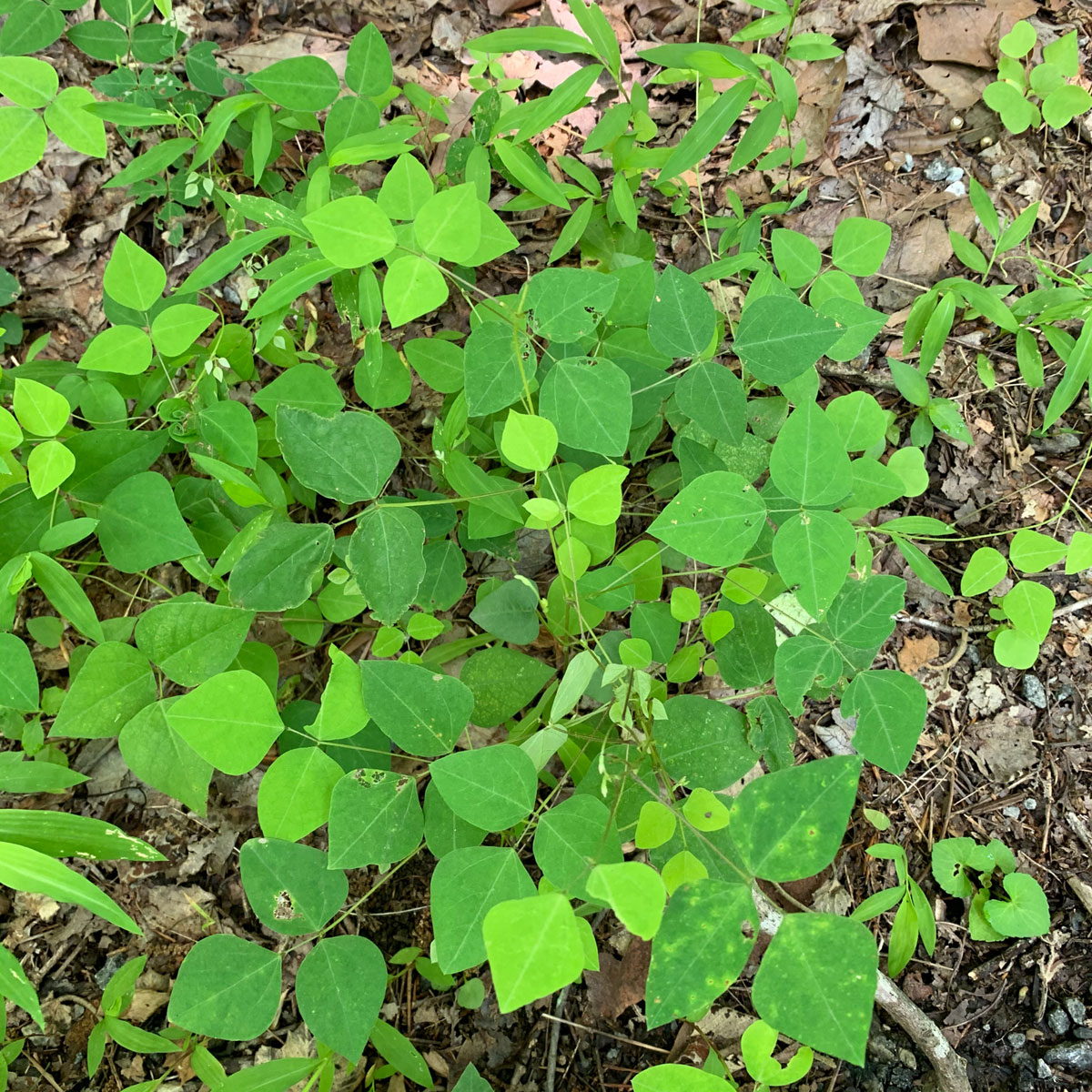According to Wikipedia, “the genus name Barbarea derives from Saint Barbara, the patron saint of artillerymen and miners, as this plant in the past was used to soothe the wounds caused by explosions.”
There is a native American Yellow Rocket (Barbarea orthoceras) and this one which is not native, and from what I’ve read, the only way to tell is that the native rocket has little hairs on the leaves, so this summer I will have to go back and take a look!
Alternate Name: Yellow Rocket, Yellow Rocketcress, Bittercress Size: 12-24" tall Family: Brassicaceae (Mustard Family) Habitat: Full sun, moist to mesic conditions, a fertile loam or clay-loam soil. Disturbed areas, also cropland, fallow fields, vacant lots, construction sites, gardens, moist meadows, areas along roadsides and railroads, and waste areas. Identification: "The stem is ribbed and hairless, branched at the base. It has basal rosettes of shiny, dark green leaves. The basal leaves are stalked and lyre-pinnatifid, that is with a large terminal lobe and smaller lower lobes. The cauline leaves are smaller, ovate, toothed, or lobed. The flowers are borne in spring in dense terminal clusters above the foliage. They are 7–9 mm (0.28–0.35 in) long, with four bright yellow petals." From wikipedia.com Blooms April-July Uses: The basal leaves (the lowest leaves on the plant) can be eaten when young in early spring, similar to arugula. As the plant matures, they can become bitter, however.










